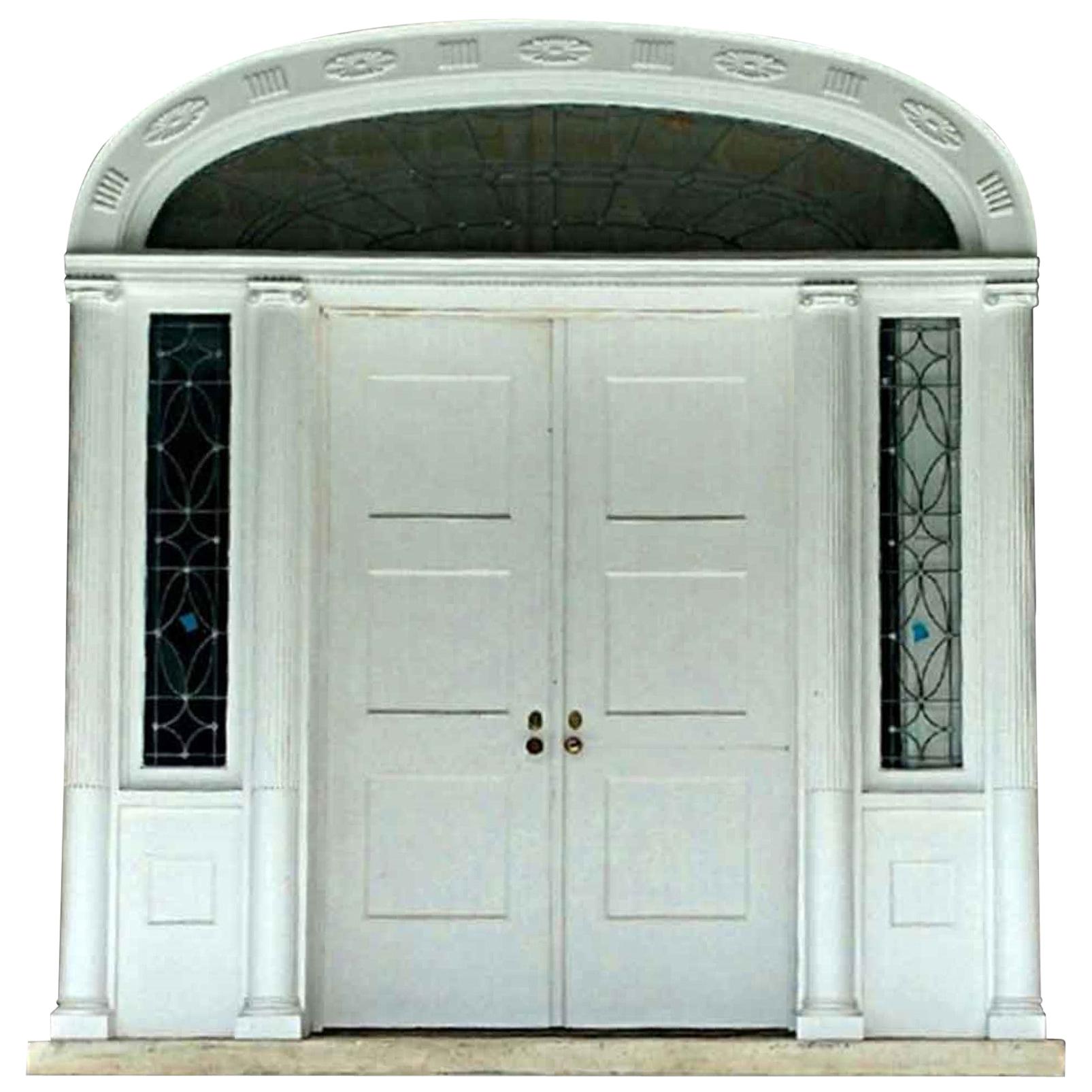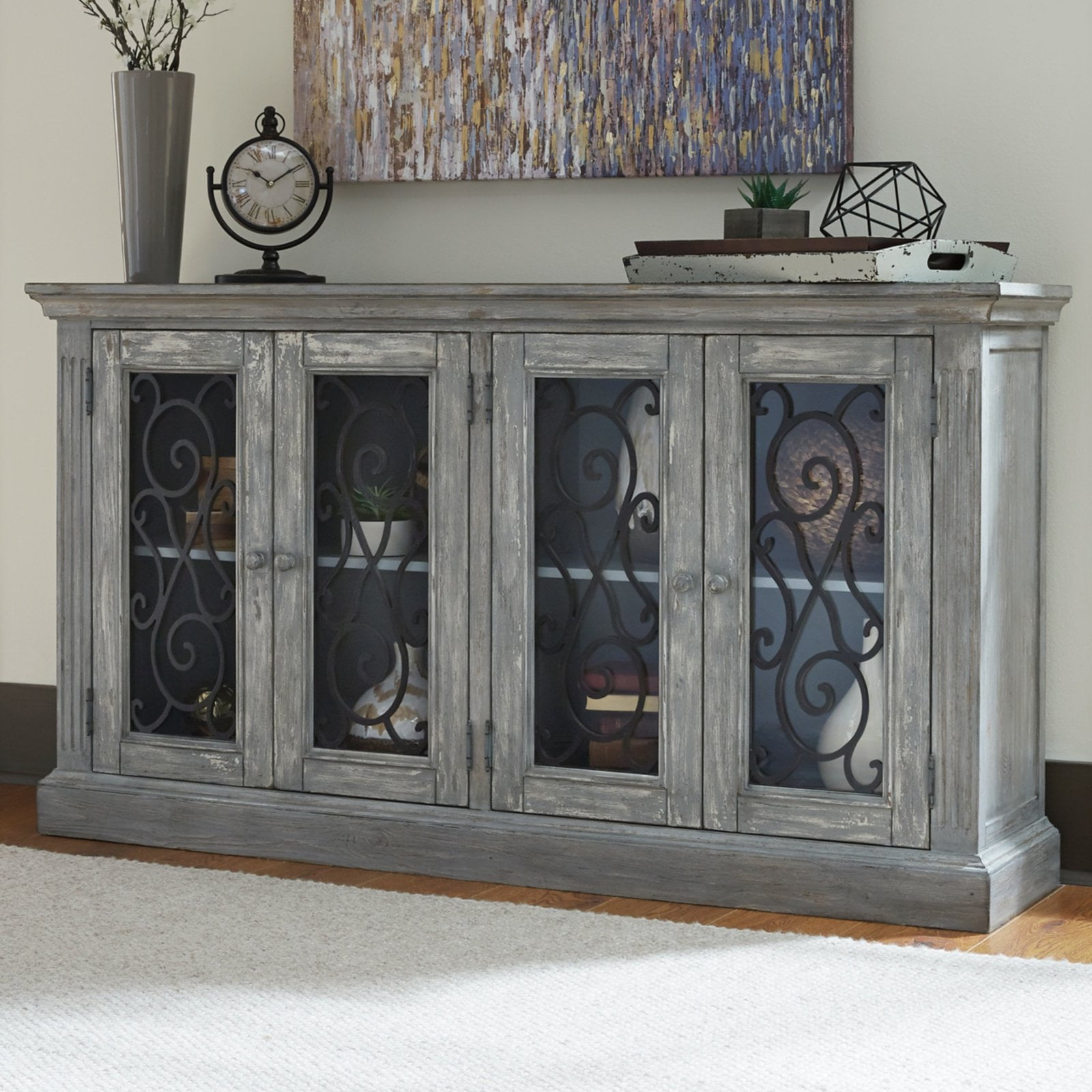The Allure of Custom Leaded Glass Cabinet Doors

Leaded glass cabinet doors, with their intricate designs and timeless appeal, have long been a cherished element in home decor. These doors transcend mere functionality, adding a touch of elegance and sophistication to any space. Their unique ability to transform ordinary cabinets into captivating focal points makes them a popular choice for homeowners seeking to enhance the aesthetic appeal of their kitchens, bathrooms, or other areas.
The Unique Aesthetic of Leaded Glass
Leaded glass offers a distinctive aesthetic that sets it apart from other cabinet door options. The intricate patterns created by the lead cames, combined with the shimmering beauty of the glass, create a captivating visual experience. This intricate interplay of light and shadow adds depth and dimension to the cabinet doors, making them a true focal point in any room. The beauty of leaded glass lies in its ability to enhance the overall ambiance of a space, adding a touch of elegance and sophistication that complements various design styles.
Leaded Glass Patterns and Their Applications
The variety of leaded glass patterns is extensive, offering a range of options to suit diverse design aesthetics.
- Traditional Patterns: Classic designs like diamond, square, and geometric patterns evoke a sense of timeless elegance, complementing traditional and period-style homes. These patterns can be incorporated into cabinets in formal dining rooms, libraries, or living rooms, adding a touch of classic charm.
- Modern Patterns: Contemporary leaded glass designs often feature abstract or minimalist patterns, reflecting modern design principles. These patterns can be used in contemporary kitchens, bathrooms, or home offices, adding a touch of sophistication and a modern edge to the space.
- Farmhouse Patterns: Leaded glass can also embrace a rustic charm with patterns inspired by farmhouse aesthetics. These patterns often feature simple, organic shapes, such as circles, ovals, or flowing lines, evoking a sense of warmth and comfort. Farmhouse-style leaded glass doors can be incorporated into cabinets in kitchens, mudrooms, or pantries, adding a touch of rustic elegance.
The Historical Significance of Leaded Glass, Custom leaded glass cabinet doors
Leaded glass has a rich history dating back centuries. Its origins can be traced to medieval times, where it was used in stained glass windows of churches and cathedrals. Over time, leaded glass evolved from its religious applications to become a popular decorative element in homes. In the Victorian era, leaded glass cabinet doors were particularly fashionable, reflecting the era’s penchant for intricate craftsmanship and ornate design. The enduring appeal of leaded glass has ensured its continued relevance in contemporary design, with modern interpretations incorporating both traditional and contemporary aesthetics.
Crafting the Perfect Custom Leaded Glass Cabinet Doors

Creating custom leaded glass doors is a blend of artistry and craftsmanship, where skilled hands transform glass and lead into unique works of art. Each step, from initial design to final assembly, requires meticulous attention to detail and a deep understanding of the materials and techniques involved.
The Art of Leaded Glass Design
Designing custom leaded glass doors begins with a close collaboration between the client and the craftsman. The client’s vision, whether it be a specific pattern, a desired color palette, or a particular style, is translated into a detailed design plan. The craftsman, drawing upon their expertise in leaded glass techniques, then creates a detailed blueprint, ensuring that the design is structurally sound and aesthetically pleasing.
Materials Used in Leaded Glass Construction
The materials used in leaded glass construction are as crucial as the craftsmanship itself.
Glass Types
- Clear Glass: The most common type of glass used in leaded glass construction, providing a clear and unobstructed view.
- Patterned Glass: Adds texture and visual interest to the design, with a wide variety of patterns available, from simple geometric shapes to intricate floral motifs.
- Colored Glass: Available in a vast array of colors, allowing for endless creative possibilities. Colored glass can be used to create accents, highlight specific design elements, or create a vibrant and colorful statement.
- Textured Glass: Adds a unique tactile and visual dimension to the design, with textures ranging from subtle ripples to bold geometric patterns.
Lead Came
- Lead came, the essential material that holds the glass pieces together, is available in various widths and finishes. It provides both structural support and a decorative element to the design.
- Traditional Lead Came: Made from soft lead, it is pliable and easy to work with, allowing for intricate designs. It is available in a variety of finishes, from polished to oxidized, to create different visual effects.
- Copper Foil: An alternative to lead came, copper foil is a thin, flexible material that is applied to the edges of the glass pieces and then soldered together. It is a more modern option that is often preferred for its durability and flexibility.
Finishes
- The final finish of the leaded glass door can significantly impact its overall aesthetic.
- Patina: A chemical process that creates a unique and aged appearance, often used to give the lead came a darker and more antique look.
- Clear Coat: A protective coating that helps to preserve the glass and lead came, preventing oxidation and damage.
Customization Options for Leaded Glass Doors
| Customization Option | Description | Examples |
|---|---|---|
| Glass Colors | A wide variety of colors are available, from traditional clear glass to vibrant hues. | Clear, frosted, amber, green, blue, red, purple, and more. |
| Patterns | From simple geometric shapes to intricate floral designs, the pattern options are endless. | Diamond, square, circle, leaf, flower, and custom designs. |
| Hardware Choices | A variety of hardware options are available, including hinges, handles, and knobs, to complement the style of the doors. | Traditional brass, modern chrome, antique bronze, and more. |
